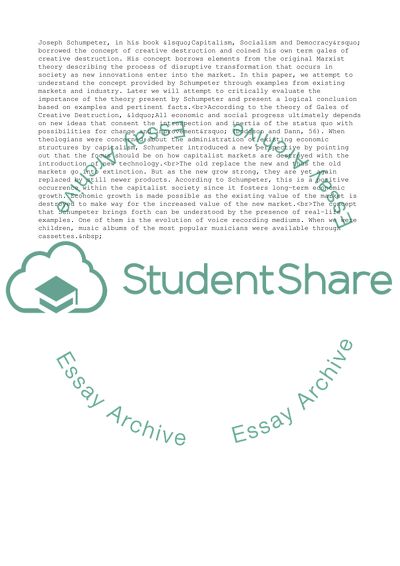Cite this document
(Gales of Creative Destruction and Learning Organizations Research Paper, n.d.)
Gales of Creative Destruction and Learning Organizations Research Paper. Retrieved from https://studentshare.org/business/1762147-schumpeter-coined-the-phrase-the-gales-of-creative-destruction-assignment
Gales of Creative Destruction and Learning Organizations Research Paper. Retrieved from https://studentshare.org/business/1762147-schumpeter-coined-the-phrase-the-gales-of-creative-destruction-assignment
(Gales of Creative Destruction and Learning Organizations Research Paper)
Gales of Creative Destruction and Learning Organizations Research Paper. https://studentshare.org/business/1762147-schumpeter-coined-the-phrase-the-gales-of-creative-destruction-assignment.
Gales of Creative Destruction and Learning Organizations Research Paper. https://studentshare.org/business/1762147-schumpeter-coined-the-phrase-the-gales-of-creative-destruction-assignment.
“Gales of Creative Destruction and Learning Organizations Research Paper”, n.d. https://studentshare.org/business/1762147-schumpeter-coined-the-phrase-the-gales-of-creative-destruction-assignment.


